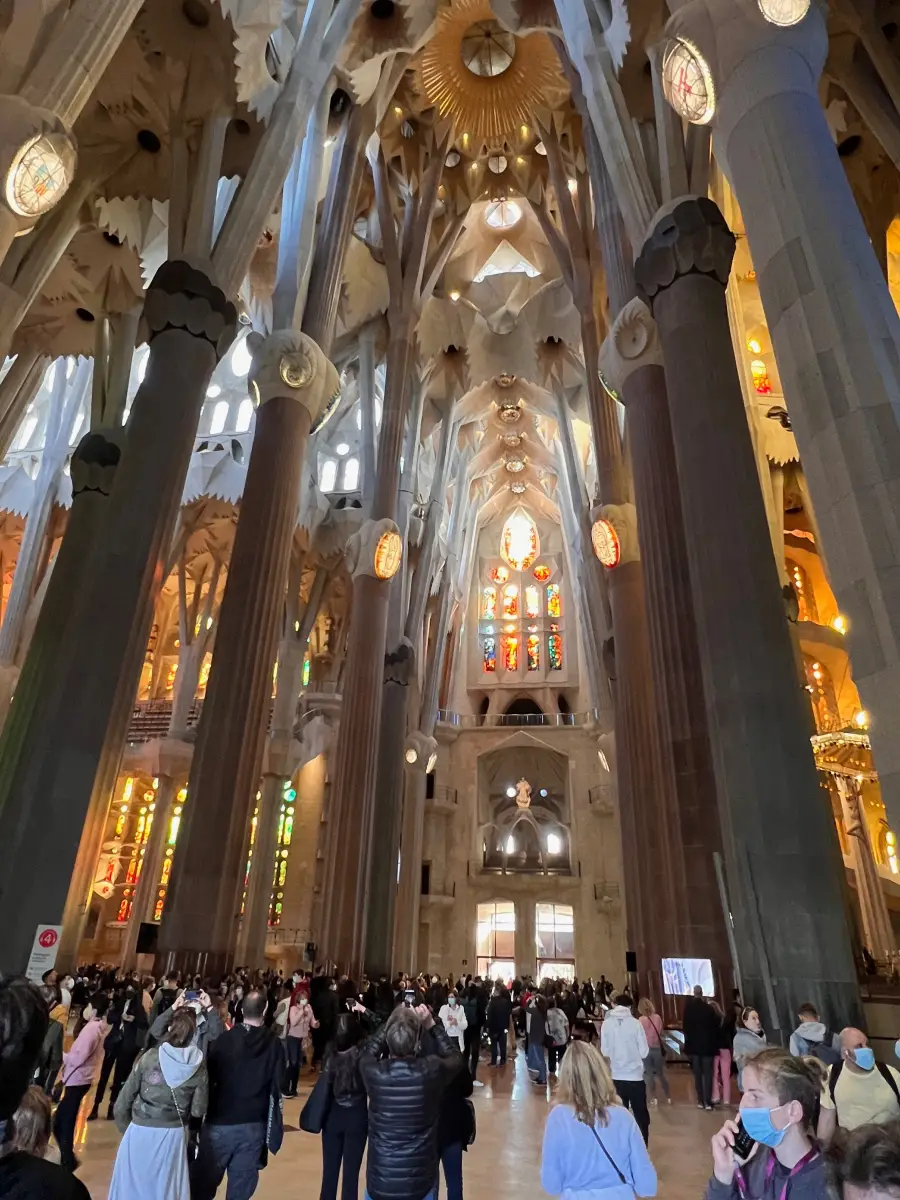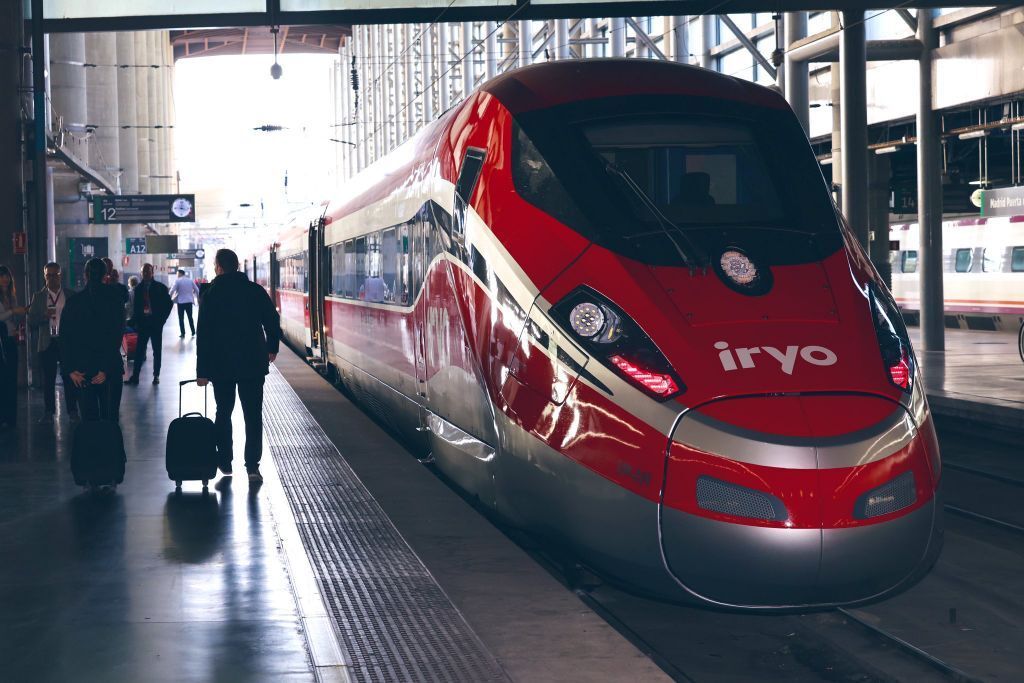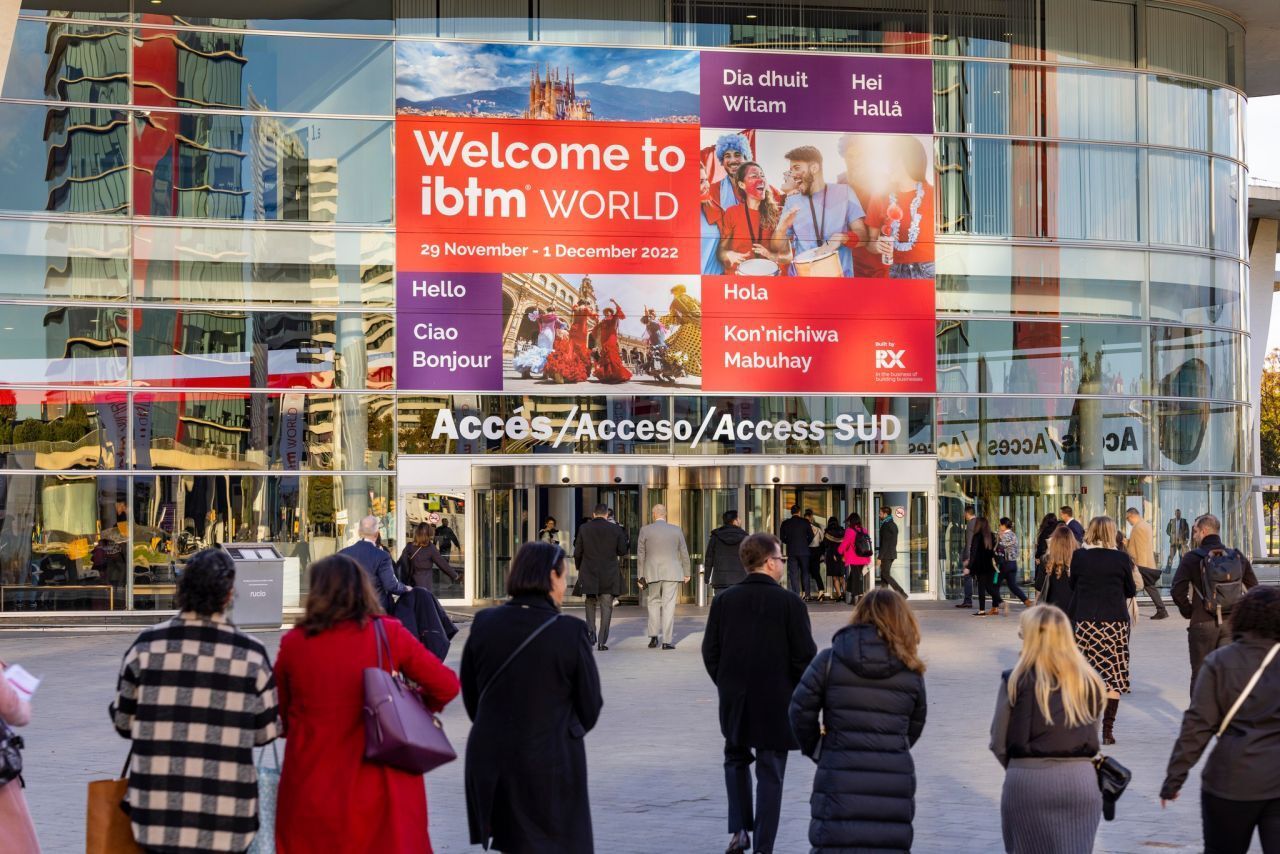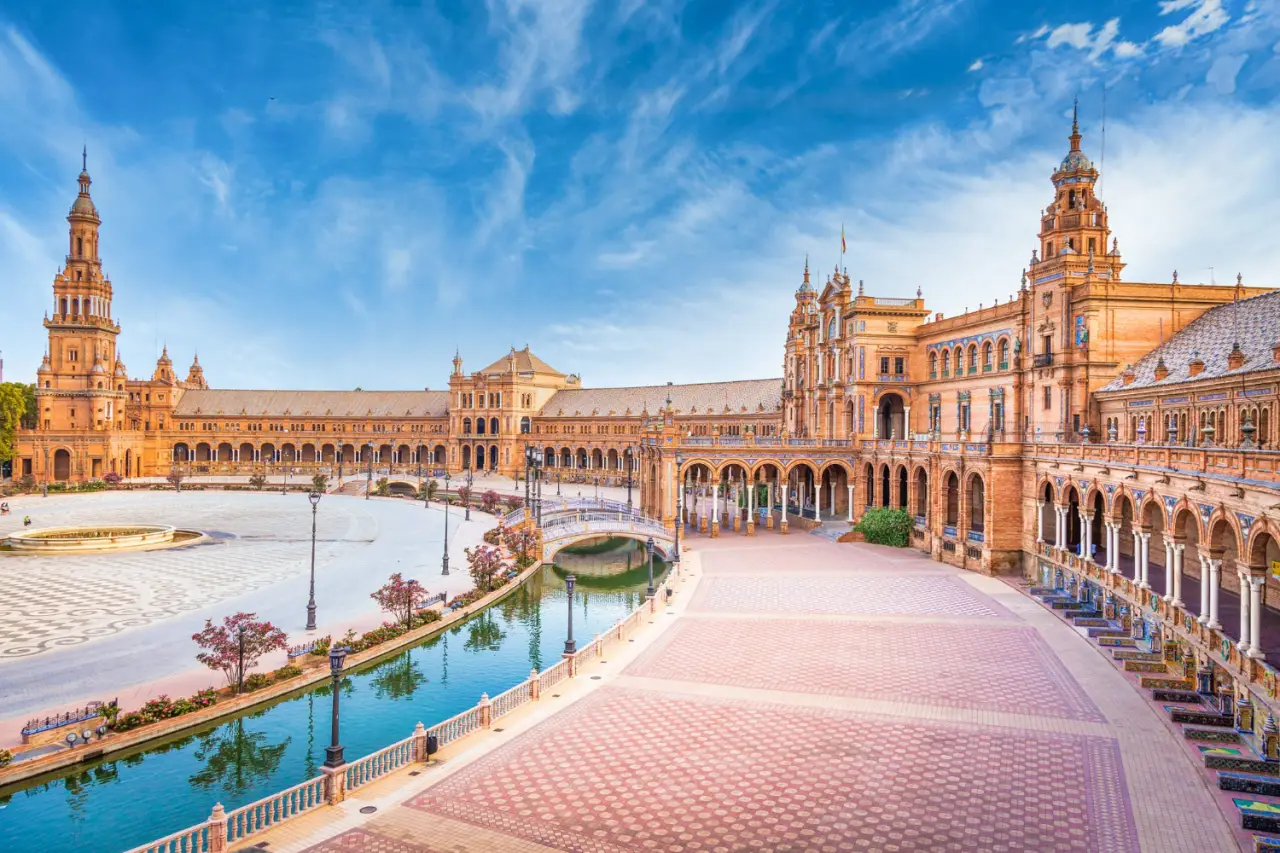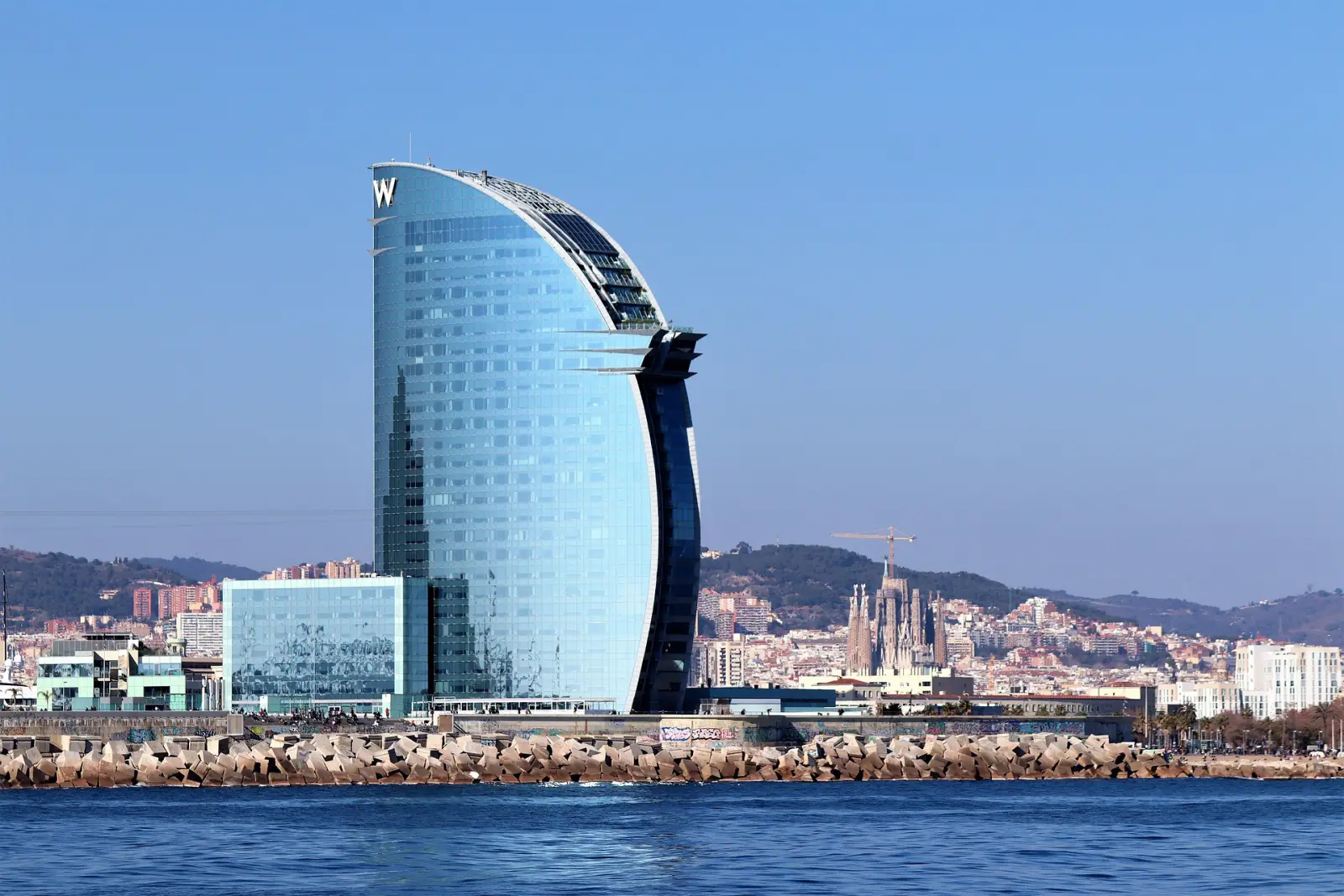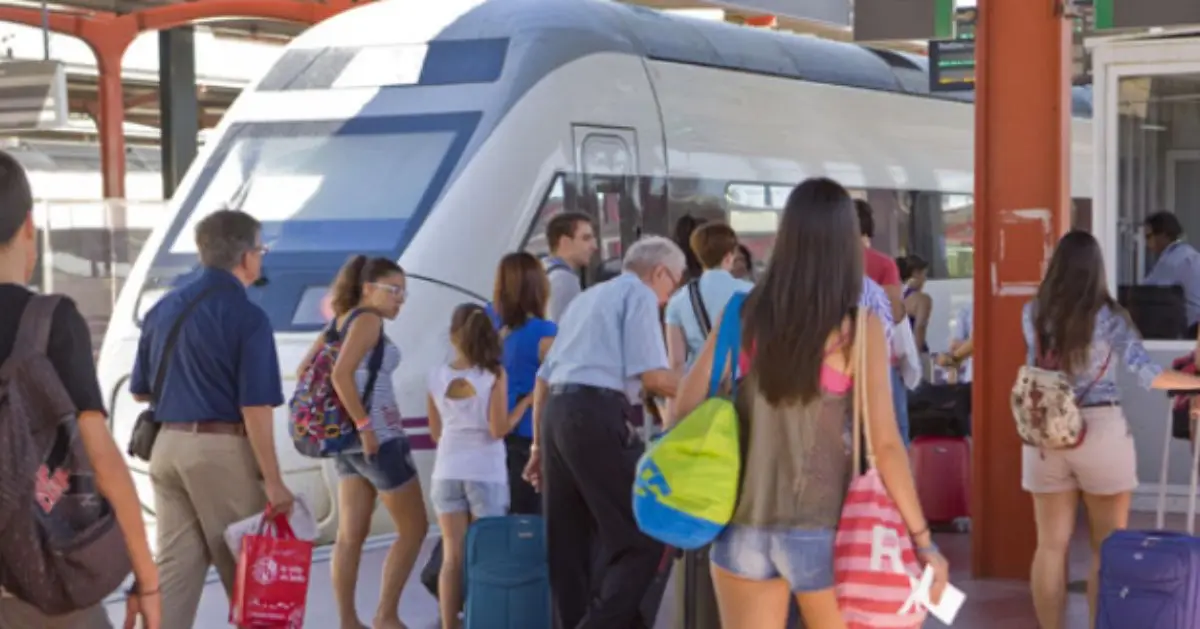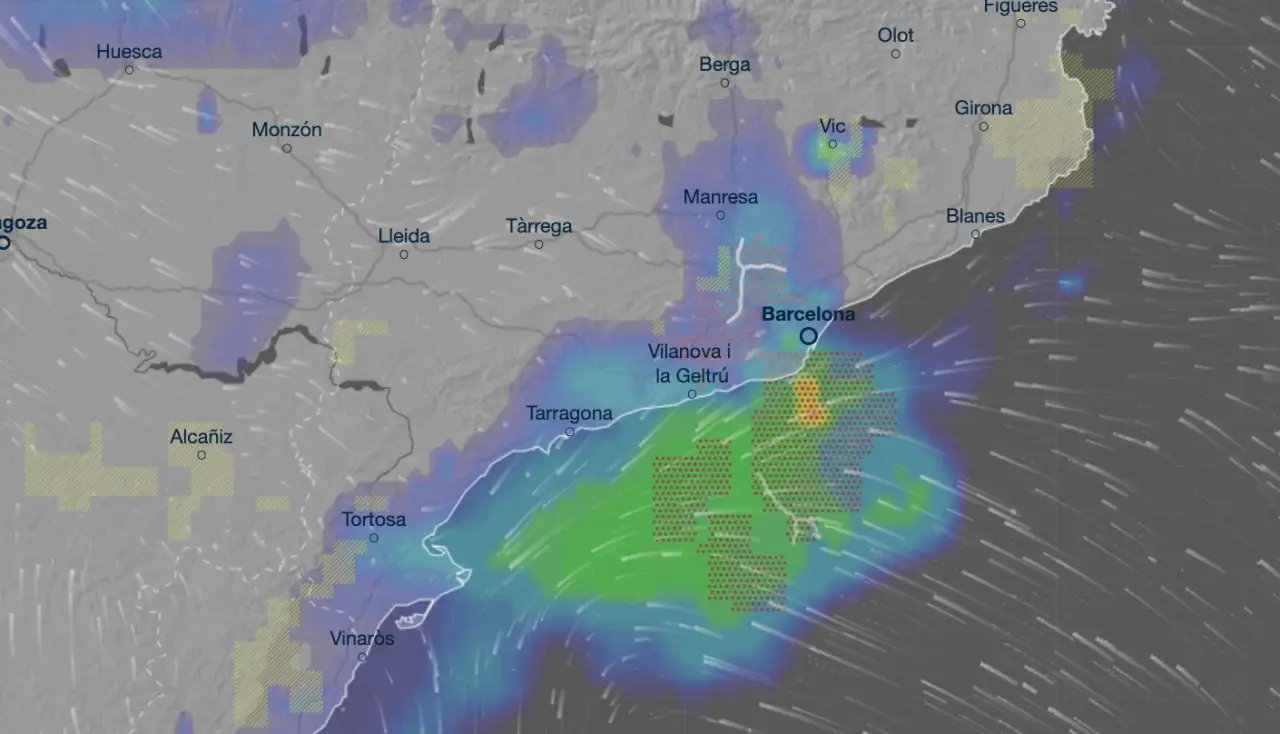The Sagrada Familia in Barcelona is set to be finished in 2026, around 144 years after construction first started on the Catholic church in 1882.
The groundbreaking for the Sagrada Familia took place in 1882, led by the esteemed Catalan architect Antoni Gaudí. He envisioned the grand edifice to feature 18 towering, spindle-like structures, representing various biblical personas: the 12 apostles, the four evangelists, the Virgin Mary, and Jesus.
By the time of Gaudí’s death in 1926, construction had only progressed to between 10% and 15%, encompassing a transept, a crypt, and part of the apse wall.
The building process, already progressing at a sluggish pace, came to a halt in the late 1930s due to the Spanish Civil War. During this period, many of Gaudí’s designs and models, which were housed beneath the cathedral where he is entombed, were lost.
The plans used today are a mix of the original materials that survived, those that were painstakingly reconstructed, and some that have been creatively adapted from Gaudí’s initial concepts.
Declared a UNESCO World Heritage site in 1984, the building received a blessing for use in religious services by Pope Benedict XVI in 2010.
The completion of the Sagrada Familia aligns with the centenary of its visionary architect, Antoni Gaudí’s death.
The final phase involves the construction of the last six towers, with the tower of Jesus Christ reaching a height of 172.5 meters, poised to be the tallest structure in Barcelona and the world’s tallest church.
The Sagrada Familia transcends its status as an emblem of Barcelona to become a cornerstone of tourism across Spain.
Funding for the ongoing construction has transitioned from donations to tourism revenue, with millions of visitors annually contributing to the project’s completion. The basilica’s 2023 income highlighted the significant role of tourism in supporting construction efforts.
Despite the progress, debates over the construction of a large staircase, potentially impacting local homes and businesses, highlight the challenges of balancing Gaudí’s original vision with modern urban demands. The staircase, a contentious issue, is said to be an integral part of Gaudí’s master plan.
The tower of Jesus Christ will stand at 172.5 meters (566 feet) tall, and will be finished with a 17-meter-tall (56-foot) four-armed cross. When complete, the Sagrada Familia will become the world’s tallest church, overtaking Ulm Minster in Germany.
Tourism, halted briefly by the COVID-19 pandemic, remains a pivotal source of funding, with nearly 5 million visitors last year.
The Sagrada Familia’s blend of Gothic Revival, Art Nouveau, and Modernism has captivated visitors and locals alike, becoming a symbol of Barcelona’s architectural innovation.
As the final towers near completion, anticipation builds for the Sagrada Familia’s full realization, a testament to Gaudí’s genius and the enduring allure of one of the world’s most iconic buildings.
The basilica, once complete, will continue to be a beacon of cultural and spiritual significance, drawing visitors from around the globe.


